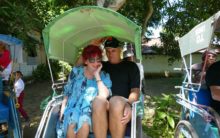We were recently asked for assistance in Organizing A Campervan Trip To Uluru. Also known as Ayer’s Rock, Uluru is indisputably the highlight of the Australian Outback. It’s such a unique rock formation that you could walk up to anyone in the world with a picture of it and they’d instantly recognize it.
It’s also the perfect setting for a campervan trip, which is what a lot of families decided to do after they’d all seen that spectacular drone video. Whether you’ve seen the entire country or have recently bought a campervan online or locally, Uluru will still pleasantly surprise you.
It is a bit of an experiment, but nothing beats touring Uluru in a comfy campervan. So, here’s what you should know if you’re planning a similar trip to the ‘red centre’ of Australia.
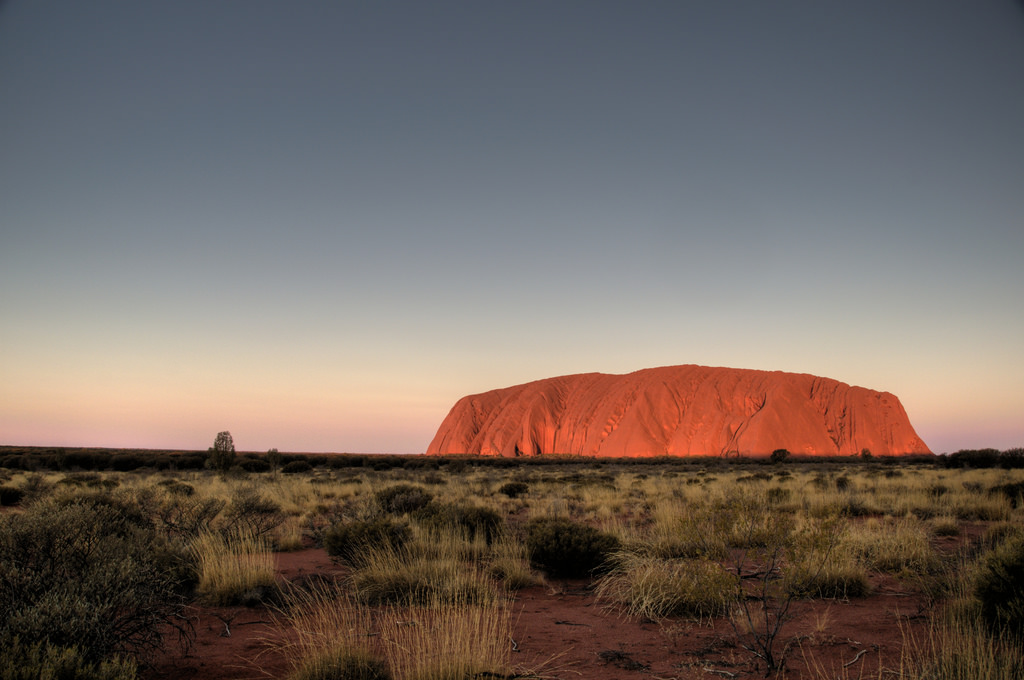
Prepare For a Long Trip
Whether you’re going driving in from Sydney, Melbourne, Perth, Adelaide or any other major Australian city, the trip to Uluru is likely to take you more than a day.
Melbourne to Uluru, for example, takes 25 hours. Here’s a map to help explain how you can get from densely populated Melbourne to gorgeous Uluru. There are special tours offered by a number of operators within the city who will gladly take you on guided tour from Melbourne.
Getting to the place involves heading south from Darwin if you’re already in the Northern Territory. That trip is a reasonable 22 hours at most, whereas getting from Brisbane to Uluru will take 34 hours. Prepare to spend the night over somewhere along the way.
Here’s a map that shows you just how long some of the common routes are. Check online to see where the 24-hour rest stops are. Here’s the Western Australia road trip guide, for example.
Be aware: Gas stations (petrol stations or ‘servos’ in Aussie speak) are pretty infrequent along the route. Keep a close eye on that fuel gauge!
Daylight
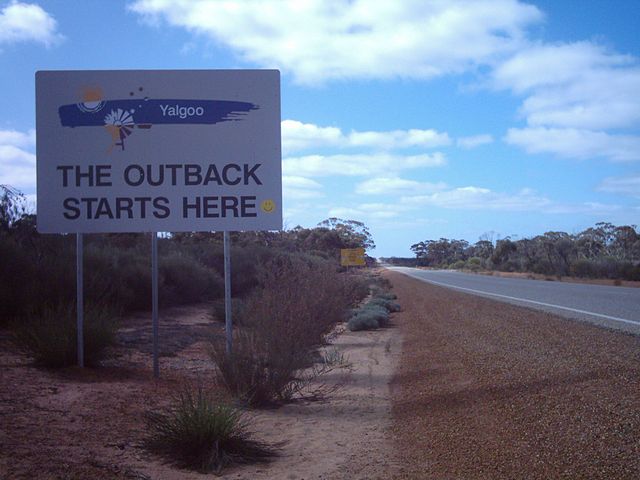
Source: https://en.wikipedia.org/wiki/Outback
Try and avoid driving when the sun sets. Accidents involving kangaroos are not uncommon during the night. The August and September months are meant to be the best time to visit Uluru, but the days are pretty short, so keep that in mind too.
The reason August and September are considered the best months to go isn’t about the daytime temperatures, it’s what happens at night. Uluru is basically part of a desert region and while temperatures can get pretty uncomfortable during the day, they can get downright dangerously low during the night. Since minimum temperature is around 10C during this season, it’s the best time to go. But still be prepared for a cold night.
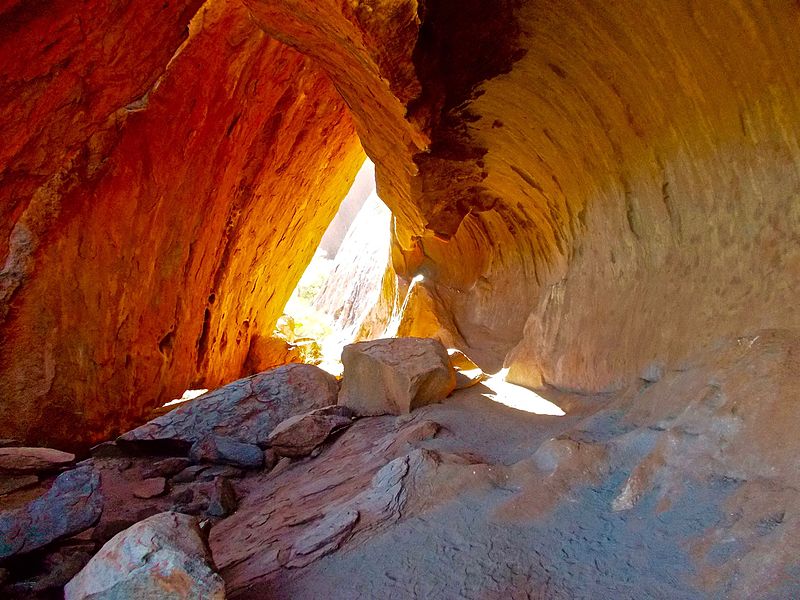
Source: https://commons.wikimedia.org/wiki/File:Uluru-Kata_Tjuta_National_Park_Base_Walk.jpg
Permits and Protocol
You will enter the Northern Territory, so make sure you follow the guidelines on what you can and cannot bring into the state. Once you get to Uluru, you need to pay a $25 National Park levy to get in. That levy doesn’t apply to kids, but you might as well make the most of your visit once you’ve paid to get in. You should start with the Visitor’s Centre before you cover the Uluru/Kata Tjuta Cultural Centre, the Mutitjulu track walk and, if possible, view the sunrise from the Talinguru Nyakunytjaku platform.
Lastly, Uluru is sacred to the Aboriginal people, therefore it is recommend to walk around the base walk rather than a climb this.
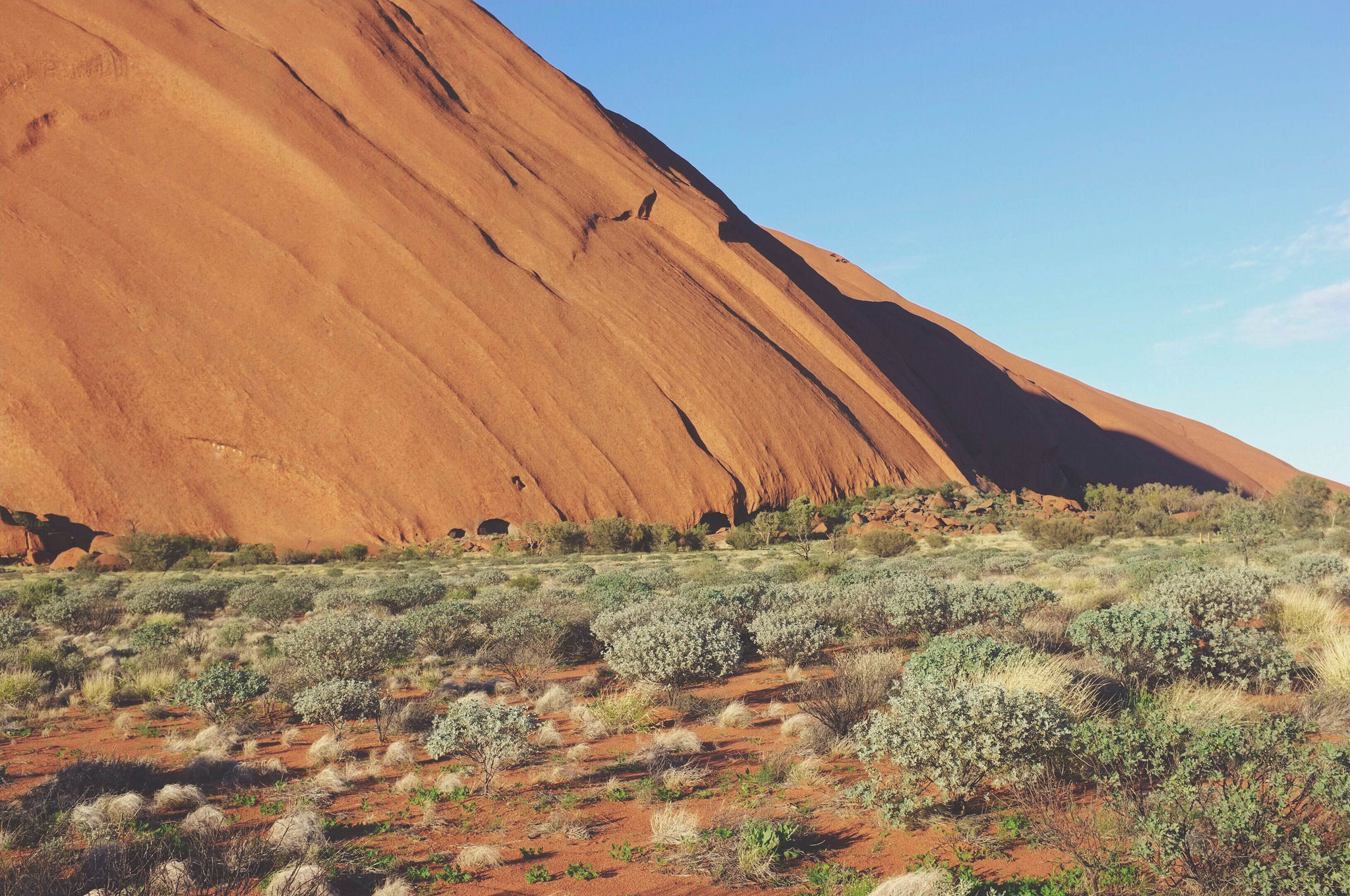
Main Image Nathan Siemers Flickr

